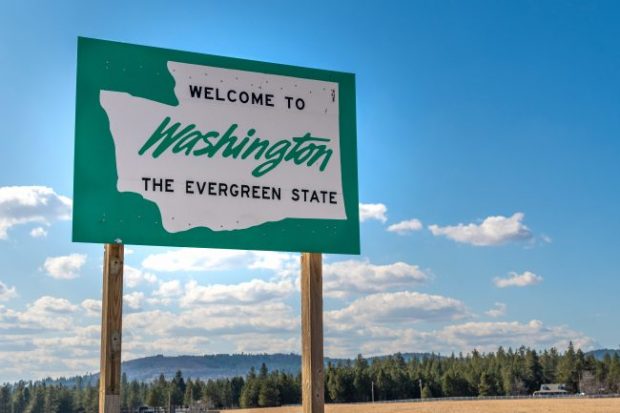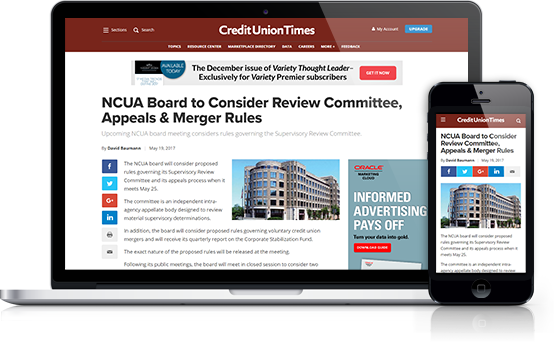I take the optimistic view for credit unions in 2008.
As once said by Gen. Colin Powell, former secretary of state (and the keynote speaker at the 2008 GAC, March 2-6 in Washington), "perpetual optimism is a force multiplier." In short, being optimistic gives credit unions more power.
And credit unions have much to be optimistic about. With now more than 90 million members on their membership rolls, a track record of safety and soundness during the subprime meltdown that is the envy of other financials and with political acuity that is growing into a respected national powerhouse, credit unions are poised to enter 2008 with much going on their side.
Continue Reading for Free
Register and gain access to:
- Breaking credit union news and analysis, on-site and via our newsletters and custom alerts.
- Weekly Shared Accounts podcast featuring exclusive interviews with industry leaders.
- Educational webcasts, white papers, and ebooks from industry thought leaders.
- Critical coverage of the commercial real estate and financial advisory markets on our other ALM sites, GlobeSt.com and ThinkAdvisor.com.
Already have an account? Sign In Now
© 2024 ALM Global, LLC, All Rights Reserved. Request academic re-use from www.copyright.com. All other uses, submit a request to [email protected]. For more information visit Asset & Logo Licensing.









